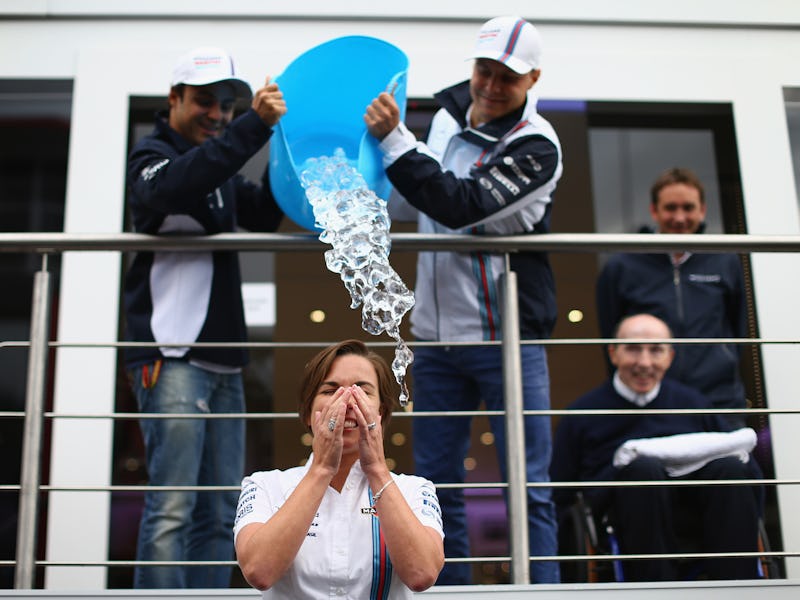5 Reasons Why the Time to Have the First Woman Leader of the UN Is Now
A movement is afoot, but can it overcome 70 years of bias at the world’s most prestigious hangout?

About this time last year you were probably seeing as many think pieces on the value of the ice bucket challenge as you were annoying videos of incipient hypothermia cluttering up your news feed. Slate told readers to take the #noicebucketchallenge and avoid a movement that felt “like an exercise in raising awareness of one’s own zaniness, altruism, and/or attractiveness in a wet T-shirt.” A Huffington Post blogger called it ‘not good for philanthropy.’ But it turns out the meme actually contributed to meaningful advances in in treating ALS.
The BBC reports that a study from John Hopkins researchers published in the journal Science last week said the videos provided an invaluable boost in financing at just the right time for the researchers to make an important discovery about protein TDP-43. It’s a dysfunctional protein in more than 90 percent of all ALS cases.
“Without it, we wouldn’t have been able to come out with the studies as quickly as we did,” Philip Wong, a professor at Johns Hopkins told The Washington Post. “The funding from the ice bucket is just a component of the whole — in part, it facilitated our effort.”
ALS researchers first noticed patients had mounds of the protein outside the nuclei of brain cells more than a decade ago, but its exact connection to the disorder remained a mystery. In the latest findings, the John Hopkins team discovered that a specialized protein designed to mimic TDP-43 could be inserted into dying neurons, causing the cells to reverse their decay and come back to life functioning normally. Exactly how this will benefit treatments is still uncertain, but the discovery is being touted as a huge leap in the right direction.
Which, when you come down to the reasons anyone wanted to do the challenge to begin with, makes this the most successful meme in the internet’s short history.
Started by Peter Frates, who was diagnosed with ALS in 2012, about $77 million of the funds raised went straight to research.
“We did get one miracle out of this, and that was all the funding and awareness that came out of this,” Father John Frates told reporters. “We just want one other miracle now, which is a cure, a treatment.” Now it looks like that might actually be possible.